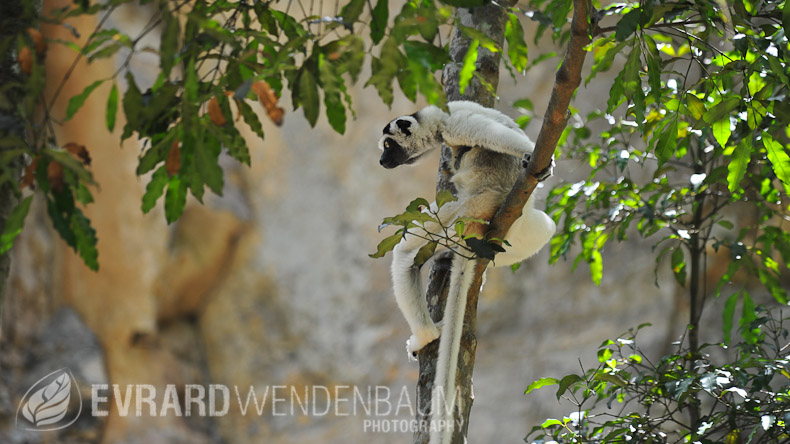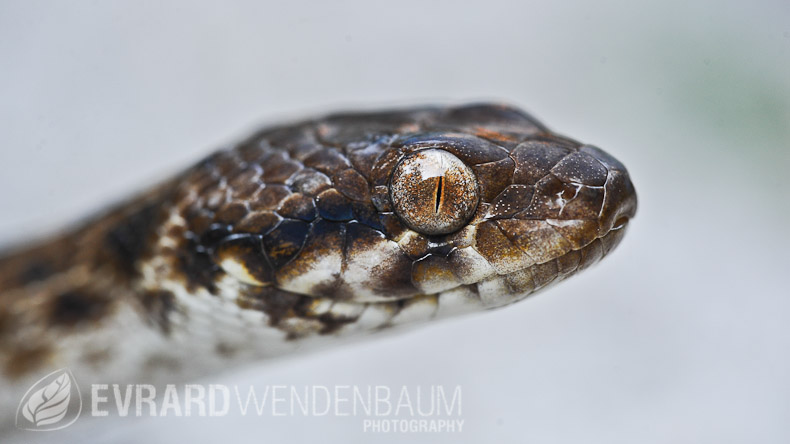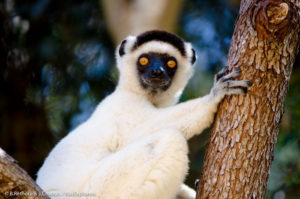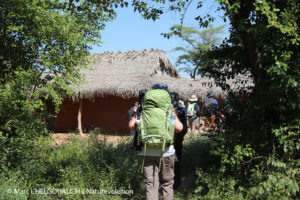With its exceptional biological wealth but totally uncontrolled deforestation, Madagascar is one of the planet’s hotspots. Isolated from the African continent and then from India ~120-150 and ~90 million years ago respectively, Madagascar raises many questions in the scientific community, particularly about the origin of part of its biodiversity.

Indeed, several major evolutionary lines endemic to Madagascar originated in successive waves of colonisation -from the African stock- during the Cenozoic (>65 million years ago), i.e. well after its isolation in the Indian Ocean. However, the 450 km wide Mozambique Channel, which separates Africa from Madagascar on the one hand, and the orientation of its surface currents on the other, form an impassable barrier to the movements of land animals such as primates, carnivores and rodents.
This problem, which can be expressed in other terms as
“The question of where, when and how these animals arrived in Madagascar has been described as one of the greatest mysteries in the natural history of our planet.
Several scenarios have been put forward to explain the origin of the Lemurs, Tenrec, Fossa and other emblematic animals of Madagascar, including the theory of drifting rafts. This theory is based on the hypothesis that events that are rare on our timescale, such as the accidental transport of animals by natural rafts, become de facto frequent and potentially efficient on the geological timescale. This hypothesis, which is widely debated in the scientific community, is currently supported by paleo-oceanographic and paleo-geographic models that make it possible to reconstruct the successive positions of Madagascar during its drift and the evolution of the orientation of ocean currents from the genesis of the Mozambique Channel to the present day.

Whatever the origin of these distant ancestors, the first migrants and their descendants, isolated from other land masses, then underwent the evolutionary processes that gave rise to this diversified fauna, which is unique and strictly endemic to Madagascar. The structure and magnitude of this biodiversity also stems from the great diversity of Madagascar’s habitats in terms of geology, relief and (micro)climate.




